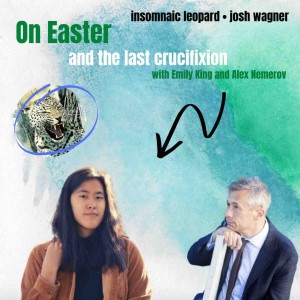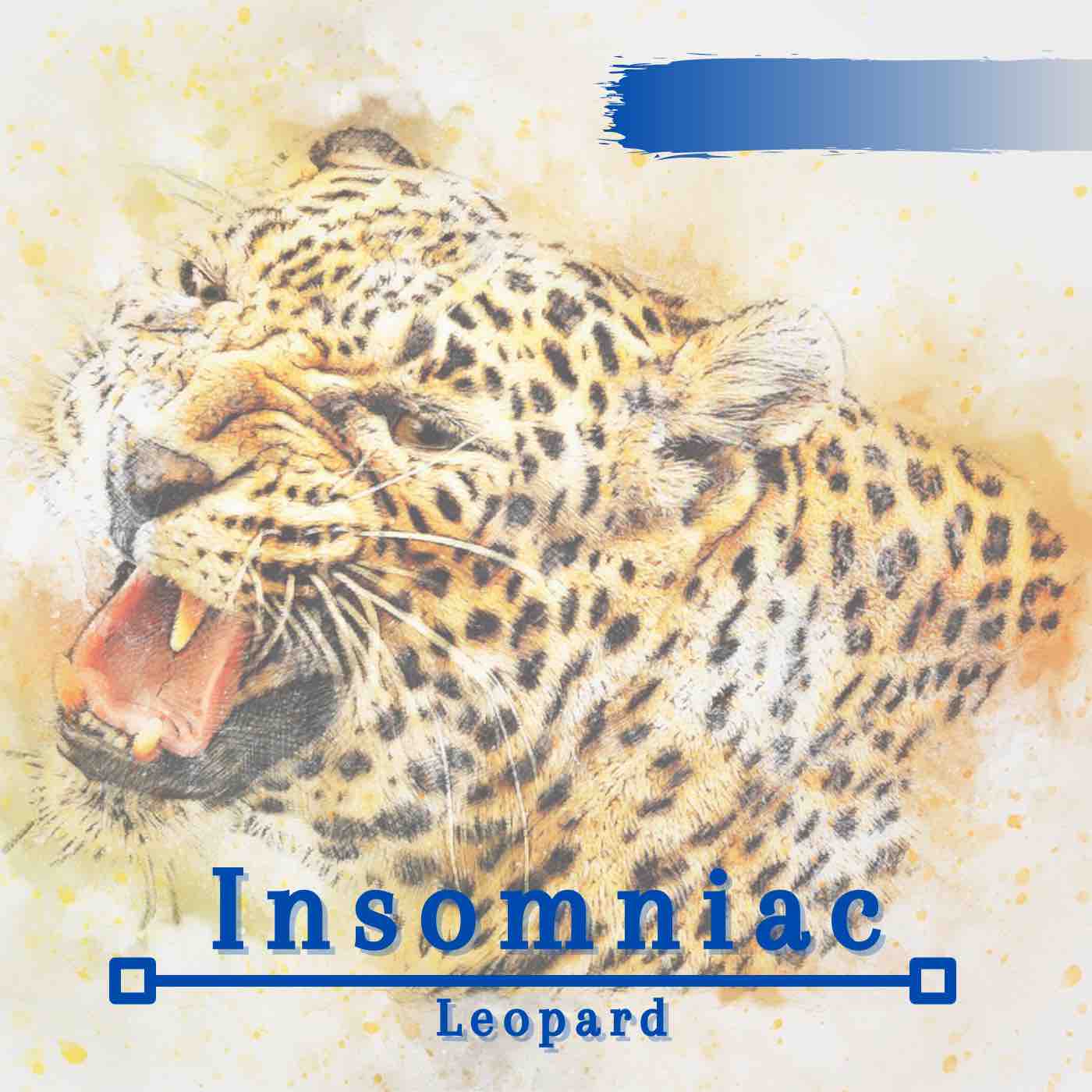Episodes

Tuesday Apr 06, 2021
On Easter and the last crucifixion with Emily King and Alex Nemerov
Tuesday Apr 06, 2021
Tuesday Apr 06, 2021
The feast, the real, in some sense, comes to us in hallucinations. I love that as a definition of faith.
Ever since I read Moby Dick, I’ve been obsessed with circles and middles. That particular novel has a strikingly memorable beginning and ending––fodder for Jeopardy clues and New York Times allusions. But, what of the extended middle? Why is there a chapter on the whiteness of the whale? Why does it take so long to move across the Atlantic? Why does something as straightforward as a whale enfold such lengthy depths? And, most pressingly for me, why does Ahab embark on a conditional wrestling match with the sun, as if he could contain it?
This week’s episode is about containment––what is and is not contained by the space of a life. With the death toll from the COVID-19 pandemic rising each day, what is left to grasp onto in the hangnails of these times? Melville’s literary dictionary grasps onto the thudding heaviness of the everyday, contrived by a singular mission. But, in such times, I wonder how best to grasp onto the lightness, and grab it in its fleeting, leaping, thick forms. For me, lightness entails an absence and a touch which implies a seriousness, without devolving into brute heaviness. Or, as Peter Sloterdijk diagnoses: “In reality ... the heavy has turned into appearance— and the ‘essential’ now dwells in lightness, in the air, in the atmosphere.”
To answer this question (which may be The Question of our times), I turn to Alexander Nemerov and Emily King, two frequent interlocutors of mine. In this episode, we talk about distance, the uncanny, and the absences through the figure of Diego Velazquez’s Cristo crucificado (1632).
What is conveyed through the deadened form of Jesus? Why does he hang there, studded to the geodesic cross? His deflated posture implies both a distance and a closeness; the life-size nature of the painting drawing us into his straightened form. Amid his 150-page ekphrastic poetic cycle on this painting, Miguel de Unamuno writes: “Of what are you thinking, my dead Christ? / Why does that heavy veil of night, your abundant black hair, fall on your forehead?”
That opening “of” hangs menacingly off the line, an open preposition that cannot be settled by the content of the poem, or the painting. In his Washington Post review of Nemerov’s latest monograph, Philip Kennicott inscribes the “[v]iolence [that] surrounds us and corrodes discourse, and the basic structure of democracy, capitalism and America constrains the equal pursuit of happiness,” before asking: “How do you praise lightness without aligning yourself with the social forces that produce lightness — often privilege and wealth, or some extraordinary grace of manners, luck or temperament?”
If, as King Lear suggests, nothing springs out of nothing, where does this light-something emerge? When does the lunatic cycle of the same permit something new? Something unrehearsed? Something unpredictably small as to barely be noticed in the first place?
Tune in to find out as we scramble at the outskirts of these questions!
If you have any night terrors, comments, anxiety-induced poetic outpourings, or ideas about the show, please reach out to us at insomniacleopard@gmail.com!
•••••••
Links to Alex's fantastic books: Fierce Poise (2021), Experience (editor, 2018), Ralph Eugene Meatyard: American Mystic (2017), Summoning Pearl Harbor (2017), To Make a World: George Ault and 1940s America (2011), The Body of Raphaelle Peale: Still Life and Selfhood, 1812–1824 (2001)
Alex's Ardent Fascination: Harold Fredric's The Damnation of Theron Ware
Emily's Ardent Fascination: The Bible
Emily's Twitter
Other notable mentions (chronologically): Diego Velázquez' Cristo crucificado (1632), Francisco de Goya's Cristo crucificado (1780), Francisco de Zubarán's Cristo crucificado (1627), Rogier van der Weyden's Descent from the Cross (1432), the Cosmic Christ, Tom Eliot's Preludes (1917), Lucas Cranach the Elder's The Crucifixion (1538), "Art is Not an Archive," David Blaine's underwater lifestyle, metapictures, Salvador Dali, Dorothy Day's The Long Loneliness (1952), Romano Guardini, Schubert's Lieder (1810-28), Russian Matchgirl, Simone Weil


Comments (0)
To leave or reply to comments, please download free Podbean or
No Comments
To leave or reply to comments,
please download free Podbean App.